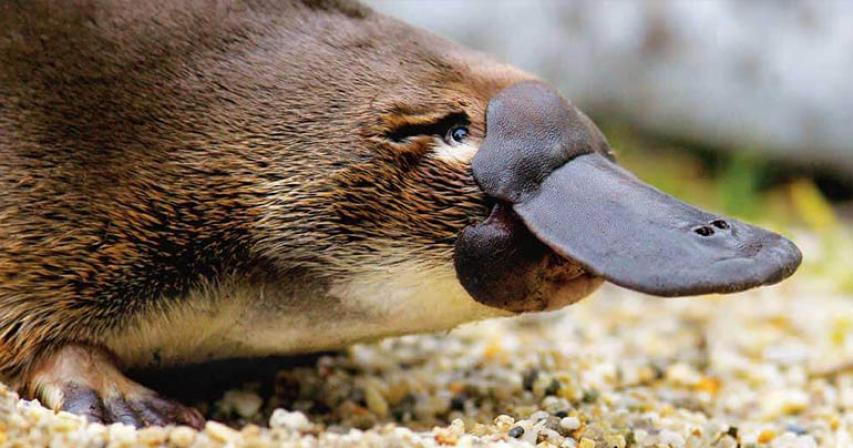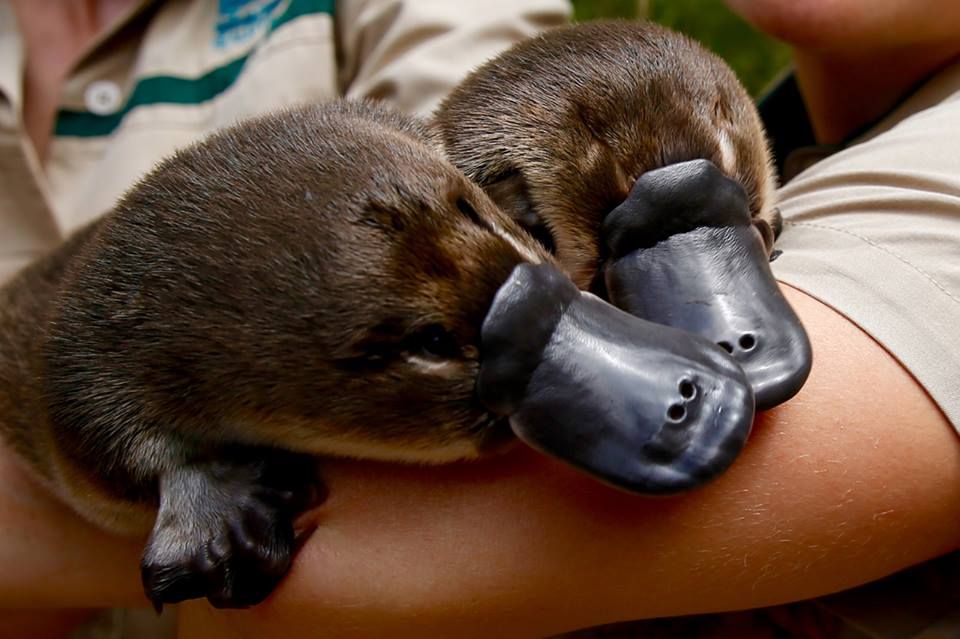Platypus, scientifically also known as Ornithorhynchus anatinus, is a unique Australian species. The furry, web-footed animal, along with the echidnas, is one of just two egg-laying mammals and lives around small streams and slow-moving rivers in cooler temperatures. Australian conservationists revealed their plans to build the world’s first refuge for the platypus. The platypus is classified as a protected species in Australia and has been listed as “Near Threatened” by the International Union for Conservation of Nature (IUCN).
Platypus, due to its reclusive and highly specific habitat needs, is rarely seen in the wild. They feed mainly during the night on a variety of invertebrates. The animal closes its eyes, ears, and nostrils when foraging underwater and its primary sense organ is the bill, equipped with receptors sensitive to pressure, and electro-receptors. The bill serves to find and sift small prey from the substrate, while larger prey is taken individually.

Despite having a life span of 20 years, both in captivity and in the wild, it is believed that their dependency on the freshwater system may lead to their decline in the future.
Concerns about the platypus going extinct have been heightened since once-in-a-generation wildfires devastated 12.6 million hectares (31 million acres) of the bush, nearly the size of Greece, in late 2019 and early 2020. A government inquiry found bushfires would likely occur more often because of warming temperatures.
The Taronga Conservation Society Australia and the New South Wales state government said they would build a specialist facility, mostly ponds and burrows for semiaquatic creatures, at a zoo 391 km (243 miles) from Sydney by 2022, which could house up to 65 platypuses.
The facility would act as a refuge for the platypus and would facilitate breeding and rehabilitation as the duck-billed mammal faces extinction because of climate change, human development, habitat destruction, dams, and weirs. In 2020, a separate inquiry found that koalas would be extinct in New South Wales by 2050, due to deforestation for farming and urban development. Taronga said that without intervention, platypus may follow the same fate a few decades later.
-Akansha Jain

